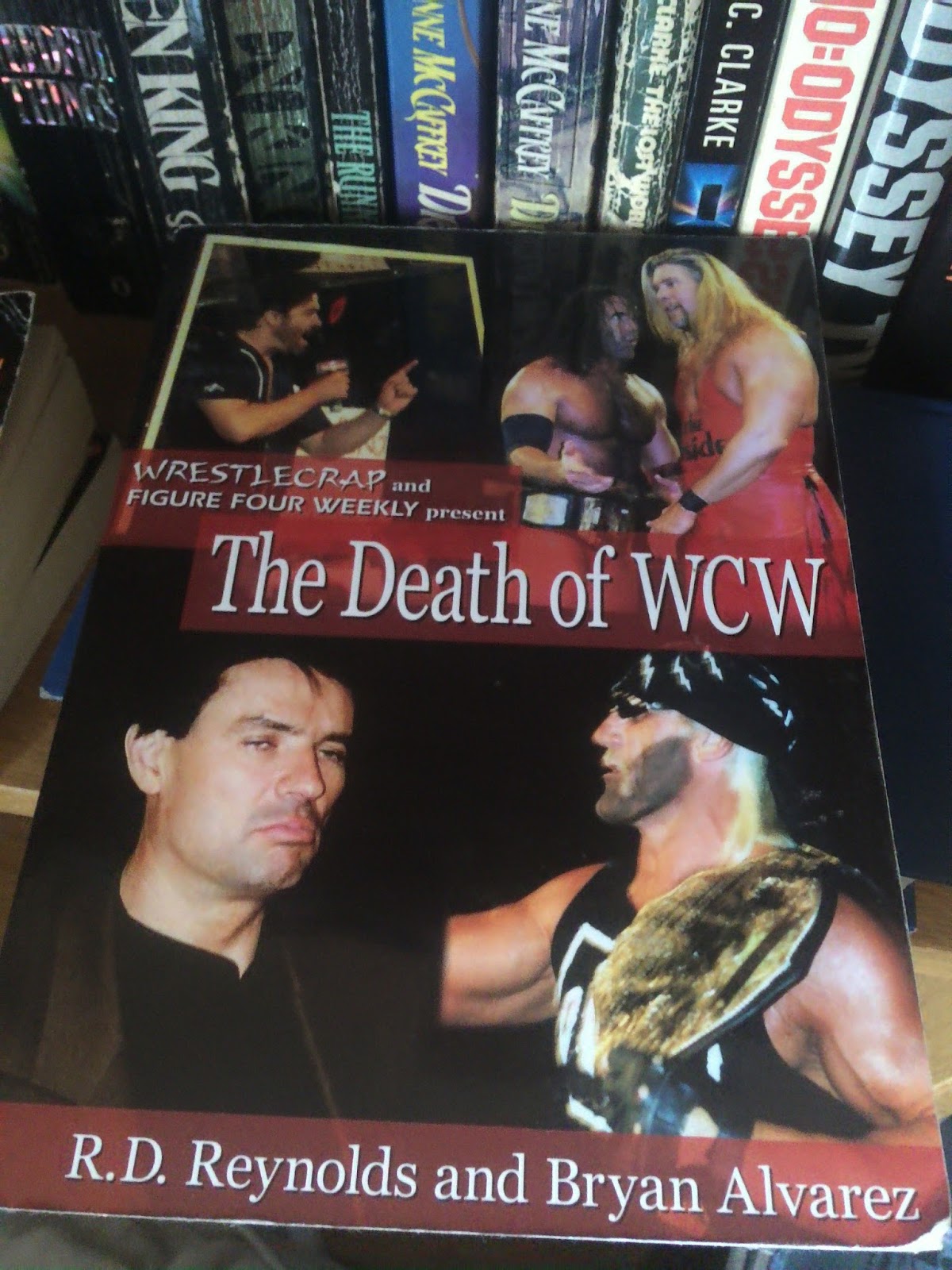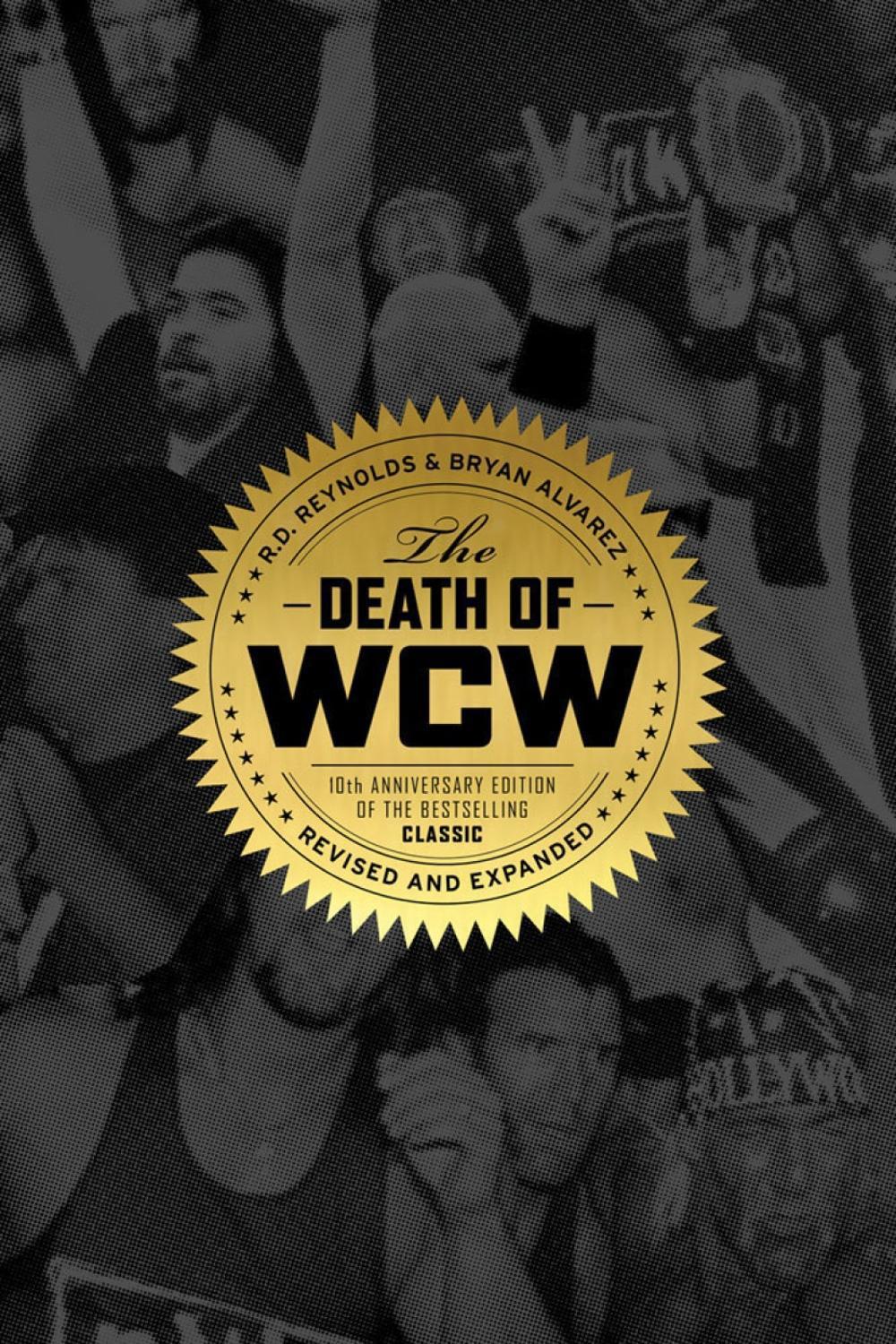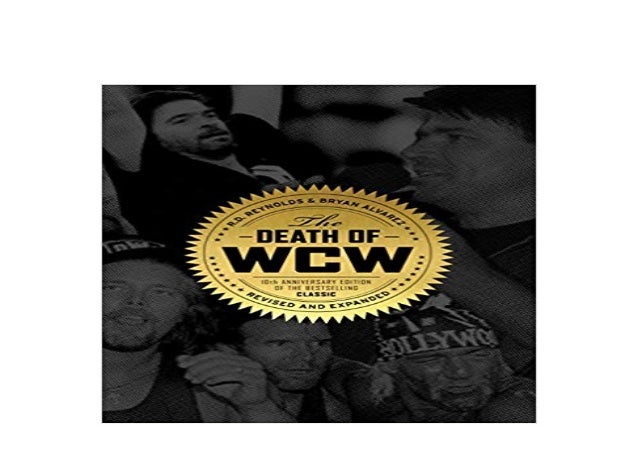The Dying of WCW: A Multifaceted Homicide Thriller
Associated Articles: The Dying of WCW: A Multifaceted Homicide Thriller
Introduction
With nice pleasure, we are going to discover the intriguing matter associated to The Dying of WCW: A Multifaceted Homicide Thriller. Let’s weave fascinating info and provide recent views to the readers.
Desk of Content material
The Dying of WCW: A Multifaceted Homicide Thriller

The demise of World Championship Wrestling (WCW) in 2001 wasn’t a single, swift blow, however a gradual, agonizing loss of life by a thousand cuts. Pinpointing a single "killer" is not possible; as an alternative, a confluence of things – strategic blunders, inner strife, and the overwhelming may of a competitor – conspired to convey down a wrestling powerhouse that after rivaled the WWE. Analyzing the contributing components reveals a posh narrative, much more nuanced than a easy case of company assassination.
The Erosion of Inventive Management: The First Wounds
One of many earliest and most important wounds inflicted on WCW was the gradual erosion of artistic management. Beneath the visionary management of Jim Herd within the late 80s and early 90s, WCW stumbled, making baffling choices that alienated followers and expertise alike. The notorious "Black Scorpion" storyline, the mishandling of Sting, and the general lack of constant path created a way of instability that may plague the corporate for years to come back.
The arrival of Eric Bischoff and the "New World Order" (nWo) storyline in 1996 initially breathed life again into WCW. The nWo’s rebellious spirit and fascinating storyline resonated with audiences, resulting in a interval of unprecedented success, even surpassing WWE within the scores warfare. Nonetheless, the nWo’s extended reign, coupled with Bischoff’s more and more erratic artistic choices, ultimately led to its dilution and the exhaustion of its potential. The once-innovative storylines grew to become repetitive and predictable, shedding their edge. This artistic stagnation allowed WWE, underneath Vince McMahon’s shrewd management, to regain momentum.
The fixed shifting of energy inside WCW’s artistic crew additional hampered its capacity to keep up a constant imaginative and prescient. Totally different bookers, every with their very own philosophies and preferences, resulted in a chaotic and infrequently incoherent product. This lack of a unified artistic path left storylines feeling disjointed and lacked the long-term planning essential to domesticate compelling narratives. The expertise, caught within the crossfire of conflicting artistic visions, suffered as their characters had been inconsistently booked, shedding credibility within the eyes of the followers.
Monetary Mismanagement: The Bleeding Wound
Whereas artistic missteps performed a major position, the underlying monetary mismanagement inside WCW proved to be a deadly wound. Turner Broadcasting, WCW’s guardian firm, initially invested closely within the firm, however because the scores warfare intensified and WCW’s profitability declined, their dedication waned. The corporate struggled with escalating prices, together with exorbitant expertise contracts that usually did not yield commensurate returns. The strain to keep up a excessive degree of spending, fueled by the competitors with WWE, additional strained the corporate’s already precarious monetary place.
The lavish spending on expertise did not at all times translate into on-screen success. WCW signed quite a few high-profile wrestlers, typically overpaying them, however didn’t successfully make the most of their abilities. Many wrestlers felt undervalued and underutilized, resulting in resentment and an absence of motivation. This additional contributed to the decline within the high quality of the product and the general morale inside the firm.
The dearth of a robust enterprise mannequin additionally contributed to WCW’s monetary woes. Whereas the corporate loved intervals of excessive scores, it didn’t capitalize on its success via efficient merchandising and licensing agreements. This missed alternative allowed WWE to solidify its place because the dominant drive within the wrestling trade, widening the hole between the 2 corporations.
The Rise of WWE: The Unstoppable Pressure
The rise of WWE underneath Vince McMahon’s management was arguably probably the most vital consider WCW’s downfall. McMahon’s ruthless enterprise acumen and strategic maneuvering allowed WWE to constantly adapt and innovate, whereas WCW typically appeared to be reacting relatively than proactively shaping the panorama. WWE’s superior advertising, merchandising, and general enterprise technique allowed them to construct a world model that surpassed WCW in each reputation and profitability.
Moreover, WWE’s capacity to domesticate and preserve sturdy relationships with its expertise proved essential. Whereas WCW typically struggled with inner conflicts and artistic disagreements, WWE fostered a extra cohesive and collaborative surroundings. This loyalty and stability translated right into a extra constant and compelling product, additional solidifying WWE’s place because the trade chief.
McMahon’s aggressive techniques, together with poaching WCW’s prime expertise, additionally performed a major position in WCW’s demise. The signing of key figures like Hulk Hogan, Scott Corridor, and Kevin Nash by WWE dealt a devastating blow to WCW’s morale and its capacity to compete. The lack of these iconic wrestlers not solely weakened WCW’s roster but additionally broken its credibility and its capacity to draw new followers.
The Ultimate Blow: Acquisition and Demise
In the end, the acquisition of WCW by WWE in 2001 marked the ultimate chapter in WCW’s story. Whereas the acquisition itself wasn’t essentially a premeditated act of homicide, it was the inevitable consequence of years of strategic errors, monetary mismanagement, and the overwhelming dominance of WWE. The acquisition signaled the tip of an period, forsaking a legacy of each triumphs and failures.
The aftermath of the acquisition noticed many WCW wrestlers becoming a member of the WWE roster, whereas others had been launched. The WCW model itself was successfully dismantled, its storylines and characters built-in into the WWE universe. The closure marked the tip of a major chapter in skilled wrestling historical past, a reminder that even probably the most profitable corporations can crumble underneath the burden of inner strife and exterior pressures.
In conclusion, the loss of life of WCW wasn’t a single occasion however a gradual course of fueled by a large number of things. Inventive inconsistencies, monetary mismanagement, the rise of a dominant competitor, and inner conflicts all performed essential roles in its demise. Whereas pointing to a single "killer" is an oversimplification, the collective affect of those components in the end led to the tragic finish of a wrestling promotion that after stood as a formidable rival to WWE. The teachings realized from WCW’s downfall function a cautionary story for any firm working in a aggressive and quickly evolving trade.



![[PDF]DOWNLOAD The Death of WCW](https://www.yumpu.com/xx/image/facebook/67354949.jpg)



Closure
Thus, we hope this text has supplied beneficial insights into The Dying of WCW: A Multifaceted Homicide Thriller. We respect your consideration to our article. See you in our subsequent article!


